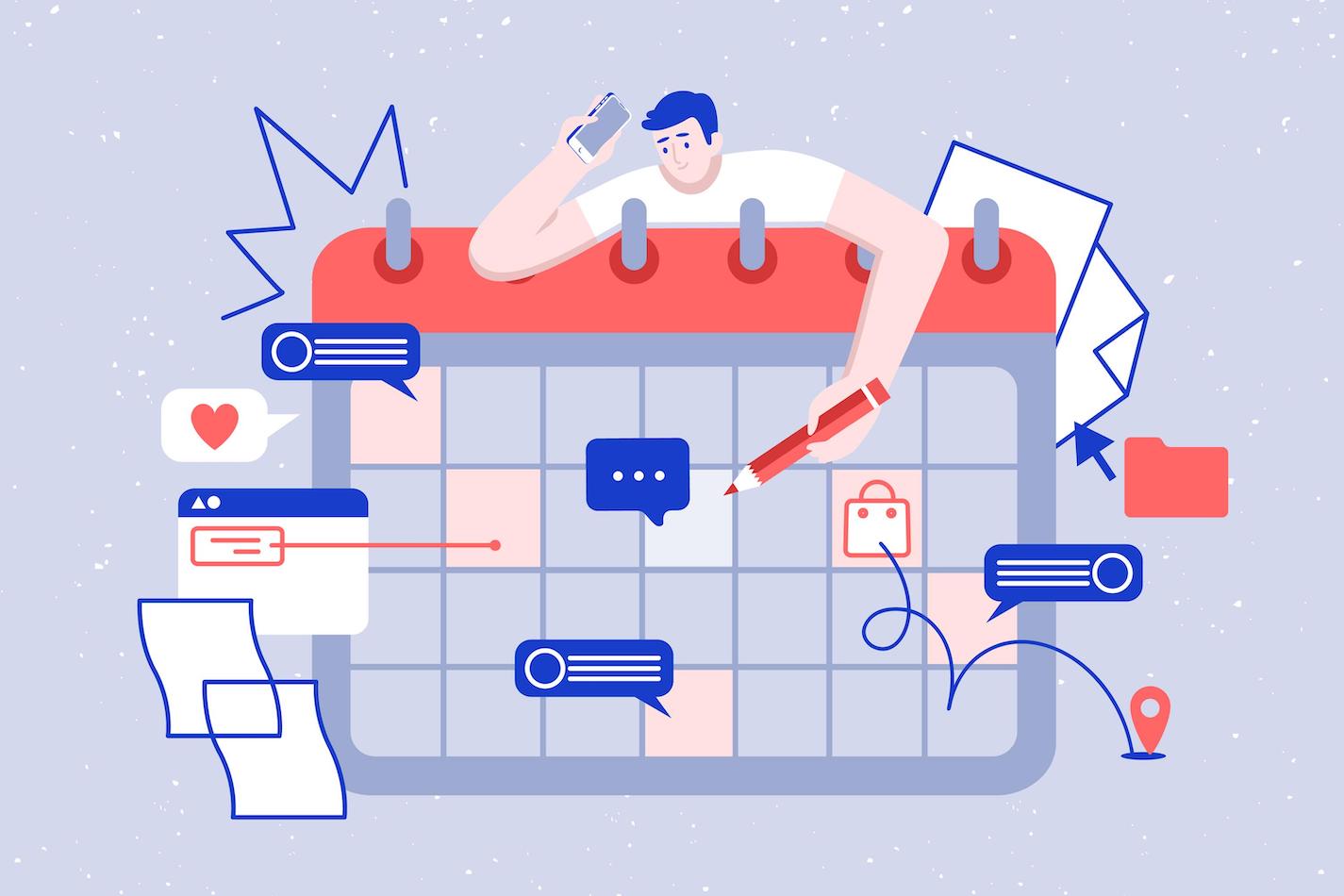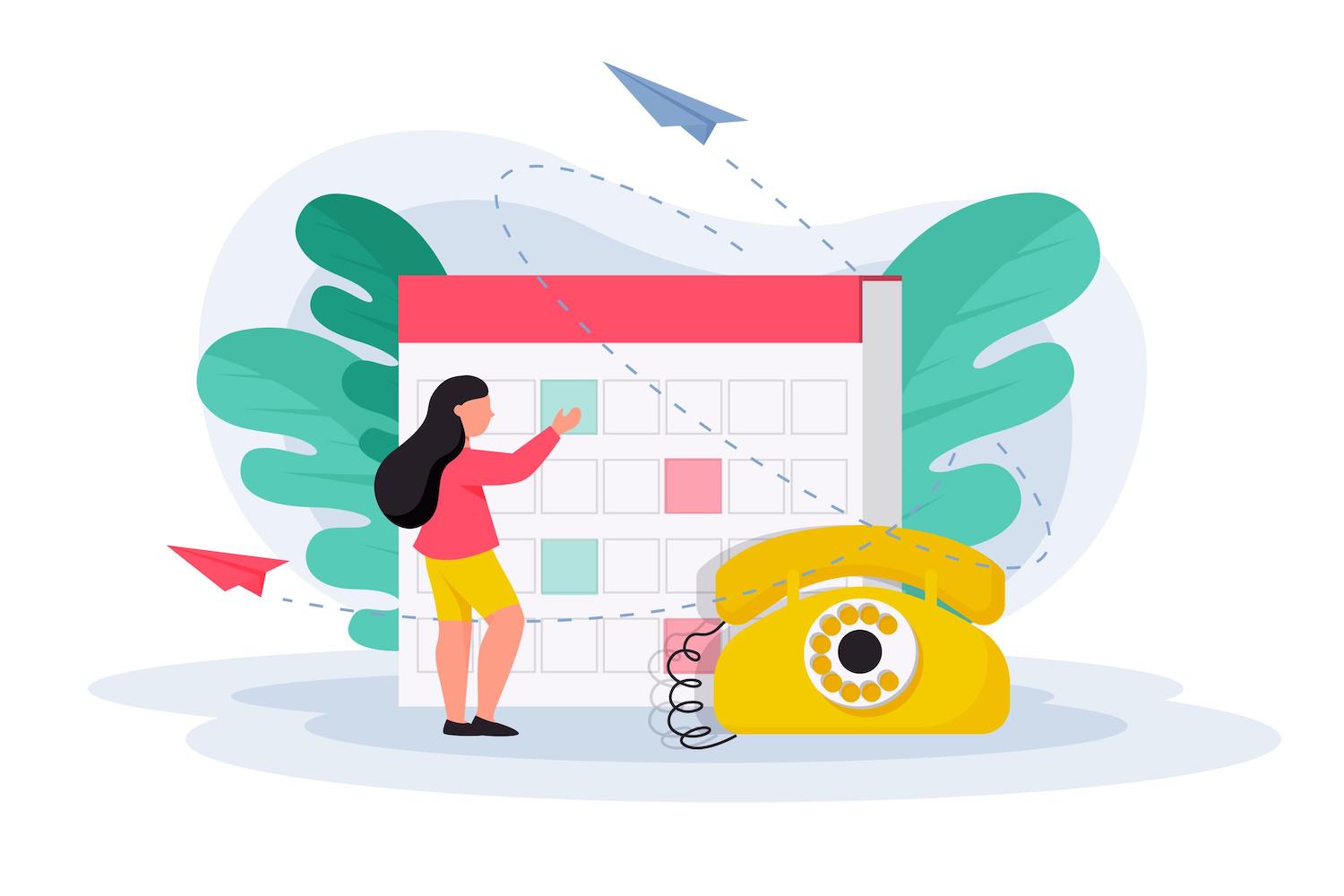Untapped Potential: How to Nurture Your Inactive Lists Through Effective Winback Strategies

Naturally, most marketers track their email campaign’s success based, at least in part, on open rates. But even if your emails are performing well, the vast majority of your subscribers (typically more than 70%) don’t actually open your messages. What happens to the rest?
If your email marketing is like that of most companies, the answer isn’t easy to find. In fact, the vast majority of your email list may consist of subscribers that are inactive, not having opened or even received your messaging in a while.
Fortunately, an inactive subscriber is not the end. Far from it. Knowing what to do with these inactive contacts can go a long way towards improving your performance over time.
Once you identify inactive contacts, you have two options: scrub them from your list, or win them back and convert them into customers. This guide will help you through the process of both.
What Are Winback Email Campaigns?
The core essence of a winback email is simple: it’s an email, or email strategy, specifically designed to reach out to subscribers who haven’t been engaging with messaging recently, aiming to bring them back into the fold and ultimately converting them to customers. It’s a way to maximize the ROI of your email strategy, building a more customized workflow specifically for this audience segment.
The key here is that these subscribers, ideally, used to open emails, make purchases, or engage with your content in some way in the past. But they’ve stopped doing so, and the purpose of the winback strategy is to re-engage them.
The Benefits of Dedicated Winback Email Flows
Winback strategies are relevant because they help to make your email marketing efforts more relevant to your audience. Without them, all of your email metrics are likely to suffer, simply because you’re not considering your audience’s unique circumstances.
They may have stopped engaging or buying because they’ve found an alternative, or because they’ve had a bad experience with you. No matter their reasoning, the success of these types of campaigns is evident in their success:
- Research by Klaviyo found that the average open rate for winback emails is almost 30%, meaning that almost one-third of customers who haven’t responded to your other messaging open more dedicated emails to their situation.
- Research shows that almost 50% of inactive subscribers who are part of a winback campaign will once again start to open emails from you in the future.

4 Examples of Comprehensive Winback Strategies
Of course, understanding the need for a winback email flow is only the beginning. It pays to understand just how you can implement winback strategies to optimize your email marketing.
First, and most importantly, think of your winback emails as more than just an individual message or two. At their best, they are fully-fledged and automated email flows, kicking off when your contacts have been inactive for a predetermined amount of time and sending 3-5 emails on a regular basis to your customers.
Every time a contact acts on one of your emails, they get taken off your inactive list and enrolled back into the regular email flow. Beyond that, general email best practices still apply, simply re-imagined into email flows like the below examples:
- The feedback flow. In this strategy, the stated purpose is to better understand your audience. The first email reaches out to inactive subscribers asking them for their thoughts on your brand and industry, while follow-ups focus on the fact that hearing from your contacts helps you improve your business and product. This strategy makes your subscribers feel heard and involved, making them more likely to connect with you again.
- The incentivized winback. This email flow is honest and straightforward. It explicitly lets your audience know that you want them back and provides incentives (like a discount coupon or free promotional item) for them to start engaging with you again. The first email works well with a we’ve missed you subject line, while follow-ups dig into the reasons they should come back.
- The content focus. With this strategy, the goal is to overwhelm your subscribers with value. Rather than trying to sell to them (which they haven’t been responding to), you share some of your most important content on your website and elsewhere. Think along the lines of a shopping guide or trend report. Focusing on value-add content builds credibility, hopefully leading to future re-engagement.
- The list clean-up. The final example makes it simple. It tells your inactive subscribers specifically that if they don’t respond, they’ll be taken off your list. It especially helps to re-engage customers who might want to keep your future coupons and promotional emails in their inbox, but simply haven’t reacted on them recently, prompting them to take action in the process.
What If Your Winback Strategy Doesn’t Work?
Of course, even if your winback flows are successful, chances are you still have some subscribers that simply haven’t responded. Those subscribers, as it turns out, can actively hurt your email marketing efforts, costing you money and depressing your deliverability rate.
That’s why the best winback flows are only complete with a built-in list cleaning process. After the flow completes, a service like Klaviyo allows you to automatically unsubscribe contacts who haven’t opened even one of the winback emails. The entire process looks something like this:
- Subscribers who haven’t engaged with any of your emails in a specific time (like 4-6 months) enter the “inactive subscribers” list.
- The winback flow kicks off for any subscriber entering that list.
- Subscribers who at least open one of the winback emails move back into your regular contacts pool.
- Subscribers who haven’t opened even one of the emails in the flow are unsubscribed and removed from your list.
Once set up, this flow can run effectively in the background, with only occasional check-ins needed to optimize your timing and messaging and verify its continued health. In the process, you give your prospects and former customers a second chance, increasing your revenue potential and optimizing your email marketing ROI.
Building a Better Email Strategy by Strategically Managing Your Inactive Subscribers
The benefits of winback strategies and email marketing flows are clear. Of course, they might also seem complex to implement. Fortunately, you’re not on your own.
At Future Holidays, we specialize in effective email campaigns and eCommerce marketing optimizations. We’d love to be your partner in the process, helping to build your winback campaigns and integrating them into your larger strategy. Contact us to start the conversation.


